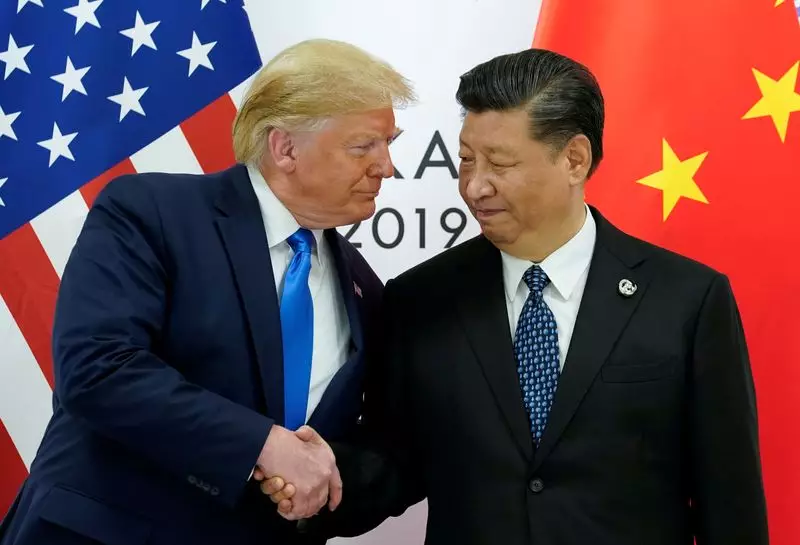The recent presidential election in the United States has once again reshaped global dynamics, particularly in the context of U.S.-China relations. With Donald Trump regaining the presidency in a significant electoral victory over his Democratic competitor, Kamala Harris, the implications of his policies and statements during his previous term continue to resonate worldwide. His anticipated return to the White House has rekindled discussions regarding trade, tariffs, and diplomatic engagement between the two world powers.
In light of Trump’s win, the Chinese government has publicly expressed respect for the democratic process and congratulated him. A spokesperson from the Chinese Foreign Ministry emphasized appreciation for the American election outcomes, signaling a desire to maintain a working relationship despite the ongoing challenges. The official Chinese media has also suggested that Trump’s second presidency might present an opportunity for a “new beginning” in bilateral relations. However, these encouraging words are tempered by underlying tensions that have persisted for years, particularly about trade practices, military tensions in regions like Taiwan, and territorial disputes in the South China Sea.
Trump’s approach to international trade has been characterized by a focus on stringent tariffs, and the fear is that he may reignite the fierce trade dispute with China that marked his earlier term from 2017 to 2021. The Biden administration’s reluctance to abandon Trump’s tariffs suggests that punitive measures against Chinese goods may continue to be a cornerstone of American policy. This situation creates an atmosphere of uncertainty for China’s economy, particularly as Trump has signaled a potential increase in tariffs on a wide range of imports, threatening the Chinese market with significant economic repercussions.
As the background worsens with issues such as a declining property market and increasing local government debt, China’s economic resilience appears to be in jeopardy. The editorial from the state-run newspaper, China Daily, articulates the urgent need for communication and cooperation between the two nations to mitigate these risks. They stress that a pragmatic approach is crucial to addressing bilateral differences effectively, fostering an environment conducive to dialogue rather than confrontation.
Misunderstandings and misconceptions regarding China’s state-driven economic model have further exacerbated tensions in Sino-American relations. The editorial highlights the necessity for both sides to approach their complex relationship with a mindset geared towards practical problem-solving and a willingness to engage in constructive dialogue. In a climate rife with economic competition and political rivalry, focusing on pragmatic solutions may offer a pathway to stability and cooperation.
As Trump prepares to assume office once again, the future of U.S.-China relations hangs in the balance. The interplay between economic policies, diplomatic communications, and escalating tensions presents both challenges and opportunities. Ultimately, the world will be watching closely as these two nations navigate the complexities of their relationship, hoping for a strategic redirection that could lead to a more stable global environment. The coming years will be definitive in determining whether the diplomatic engagements will yield results beneficial for both nations and the international community as a whole.


Leave a Reply